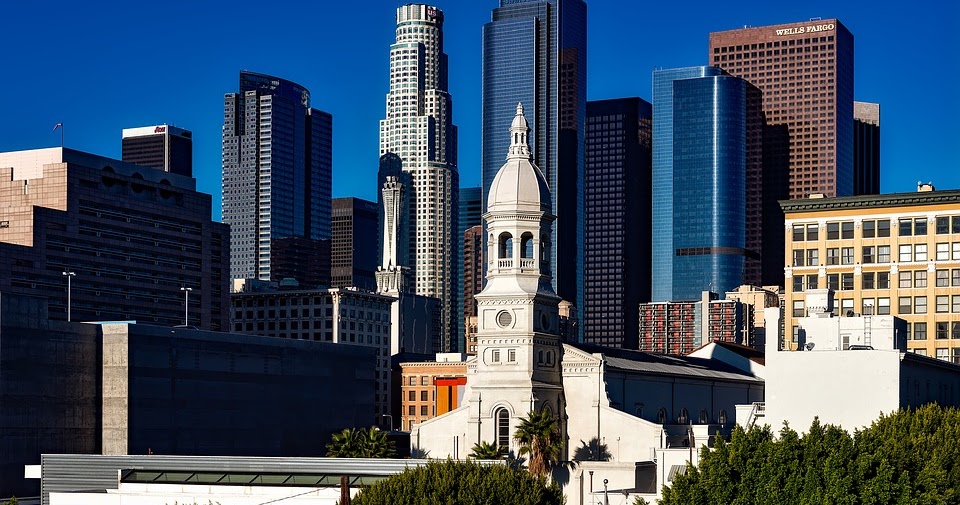

#Los angeles weather june driver
"The long-term driver is human-caused climate change where we're sort of stair-stepping up along that inexorable upward trend," Swain says. Even if the world can meet its goal of limiting warming to 1.5 degrees Celsius (2.7 Fahrenheit), extreme heat waves still are likely to be more than eight times more common than they once were. If the world continues emitting fossil fuels, these kinds of heat events are expected to become far more likely.

"That alone should already be worrying enough." "Even if it's not going to be the hottest on record, we're certainly seeing the warmest decade so far," Kornhuber says. The past eight years have already been the hottest since record-keeping began, and 2016, the hottest ever recorded, was also a year with a powerful El Niño. "That lag is because it takes some time for that extra heat near the surface of the ocean to actually make it into the atmosphere and be moved around by wind currents," Swain says.Ĭlimate experts say signs point to a strong El Niño this year, which could break global temperature records. Those risks are even higher in neighborhoods that are lower-income and communities of color, where research has found temperatures are hotter than in white neighborhoods. Not only do extreme temperatures cause heat exhaustion and severe dehydration, they also raise the risk of having a heart attack or stroke. Heat waves are already the deadliest weather-related disaster in the U.S. That seasonal shift makes global temperatures warmer, which could make 2023 the hottest year ever recorded. This year, something else is adding fuel to the fire: the El Niño climate pattern. "Most of the world's population has experienced record-breaking heat in recent days," says Daniel Swain, climate scientist at the University of California, Los Angeles. Extreme heat has also hit India, China and Canada, where widespread wildfires are burning. and Mexico, a three-week heat wave has gripped the region with temperature records falling for days in a row. "They are occurring at a higher frequency, so that also increases the likelihood of sequential heat waves." Anyone who has shivered through an overcast Memorial Day at the beach knows that Southern California has a tendency to serve up gray days at this time of the year. "They are getting hotter," says Kai Kornhuber, adjunct scientist at Columbia University and scientist at Climate Analytics, a climate think tank. If there's one kind of weather extreme that scientists clearly link to climate change, it's worsening heat waves. To view more weather and climate stories, check out our weather blogs section.Outdoor workers are vulnerable to prolonged heat waves like the one hitting Texas, which climate scientists warn are becoming more common.

Our team of meteorologists dives deep into the science of weather and breaks down timely weather data and information.

It’s best to prepare now before severe weather is in the forecast. Have a severe safety plan and kit ready to go. The threat of severe weather will continue through the warmer months, and some areas will see a second severe season toward the end of the year. "Another significant factor was the Gulf of Mexico was unusually warm during those months, which provided additional energy (in the form of moisture and heat) that's needed for severe thunderstorm development." In fact, the top five most active January through April months on record (since 1950) occurred during a La Niña.” I talked to Matthew Elliott, a warning coordination meteorologist with the NOAA/National Weather Service Storm Prediction Center, and he said, “One of the biggest factors in the very active early part of the year (January through April) was the presence of a La Niña large-scale weather pattern, which can be very favorable for tornadoes across the Southeast United States. April, May and June, months that are usually the most active, saw activity sink beneath the averages as shown in the chart above.


 0 kommentar(er)
0 kommentar(er)
